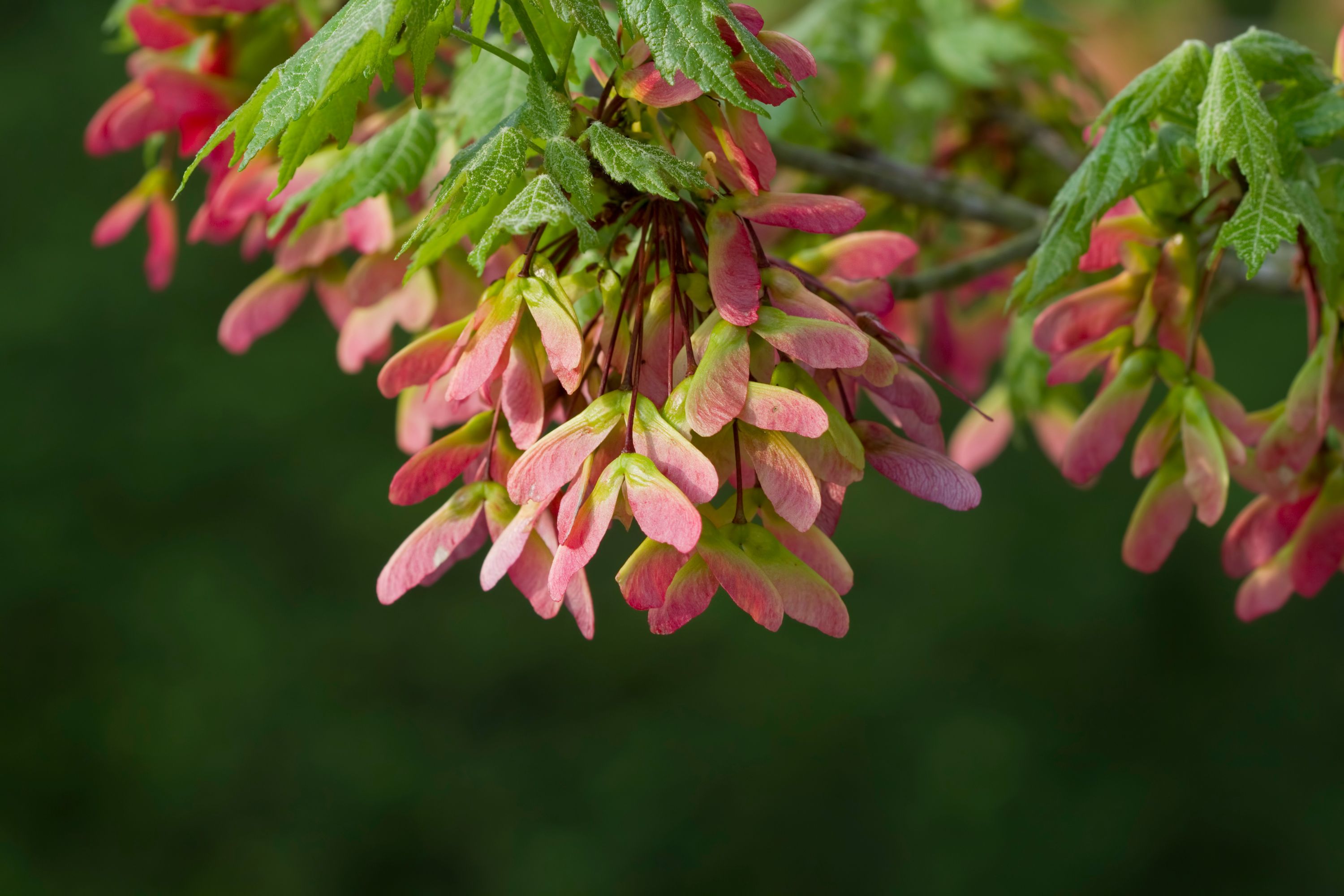Platanus occidentalis
(Platanus occidentalis)

Description
Platanus occidentalis, also known as American sycamore, American planetree, occidental plane, and buttonwood, is a species of Platanus native to the eastern and central United States, extreme southern Ontario and the mountains of northeastern Mexico. It is usually called sycamore in North America, a name which can refer to other types of tree in other parts of the world. The species epithet occidentalis is Latin for "western", referring to the Western Hemisphere, because at the time when it was named by Carl Linnaeus, the only other species in the genus was P. orientalis ("eastern"), native to the Eastern Hemisphere. An American sycamore tree can often be easily distinguished from other trees by its mottled bark which flakes off in great irregular masses, leaving the surface mottled, and greenish-white, gray and brown. The bark of all trees has to yield to a growing trunk by stretching, splitting, or infilling; the sycamore shows the process more openly than many other trees. The explanation is found in the rigid texture of the bark tissue which lacks the elasticity of the bark of some other trees, so it is incapable of stretching to accommodate the growth of the wood underneath, so the tree sloughs it off. A sycamore can grow to massive proportions, typically reaching up to 30 to 40 m (98 to 131 ft) high and 1.5 to 2 m (4.9 to 6.6 ft) in diameter when grown in deep soils. The largest of the species have been measured to 51 m (167 ft), and nearly 4 m (13 ft) in diameter. Larger specimens were recorded in historical times. In 1744, a Shenandoah Valley settler named Joseph Hampton and two sons lived for most of the year in a hollow sycamore in what is now Clarke County, Virginia. In 1770, at Point Pleasant, Virginia (now in West Virginia) near the junction of the Kanawha and Ohio Rivers, George Washington recorded in his journal a sycamore measuring 13.67 m (44 ft 10 in) in circumference at 91 cm (3 ft) from the ground. The sycamore is able to endure a big city environment and was formerly extensively planted as a shade tree, but due to the defacing effects of anthracnose it has been largely usurped in this function by the resistant London plane. Its wood has been used extensively for butcher’s blocks. It has been used for boxes and crates; although coarse-grained and difficult to work, it has also been used to make furniture, siding, and musical instruments. Investigations have been made into its use as a biomass crop.
Taxonomic tree:







